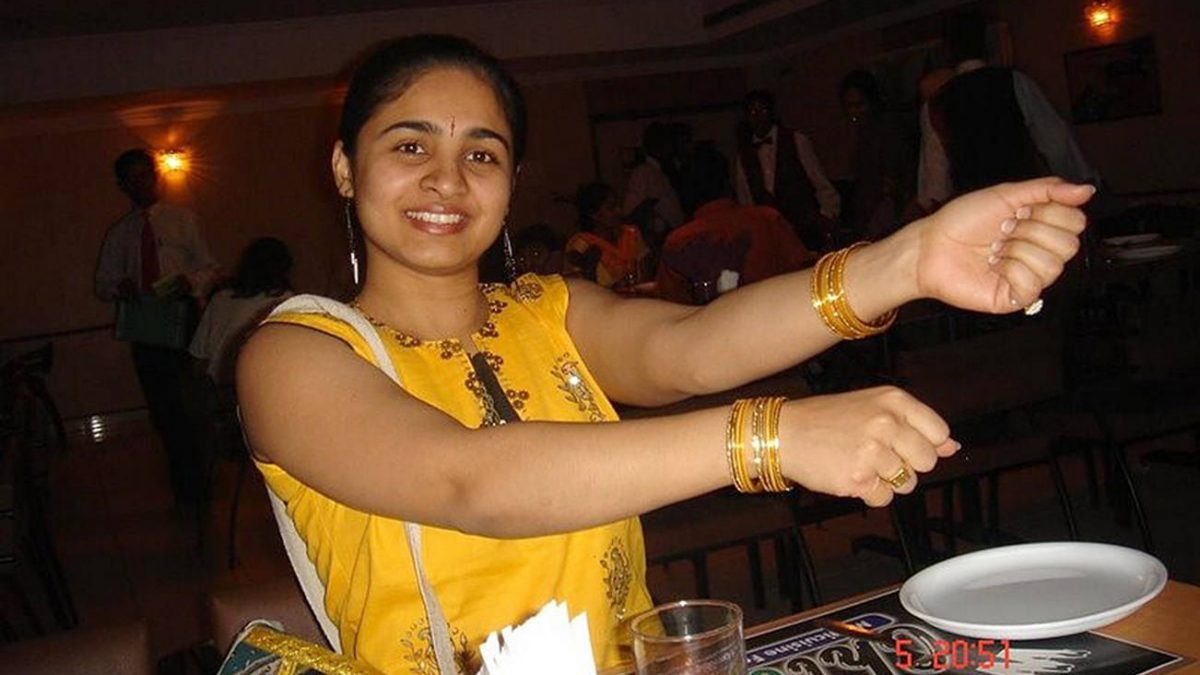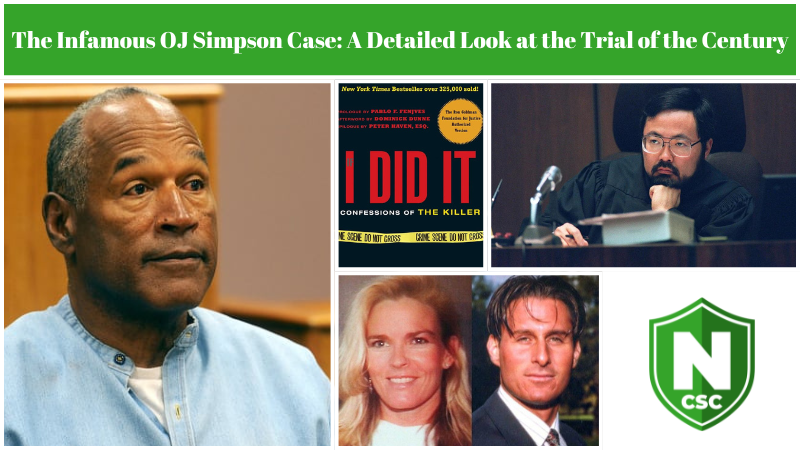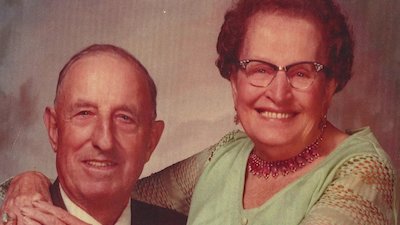Arpana Jinaga: Halloween Party Murder

It was 9:00am Monday, November 3rd, 2008 when police in Redmond, Washington were contacted. The caller had informed them about a dead body found in an apartment just north of Marymoor Park. This was alarming since Redmond, Washington has a very low crime rate compared to other cities and rarely do the police encounter violent homicides. Up until that point there was only one other murder that had taken place in Redmond in 2008.
Once the police arrived at the scene they noticed two things; one that the door frame was broken indicating the apartment was forcibly entered and two that there was a smell which indicated the use of chemical cleaning agents which shows signs of attempting to cover up the crime. It was clear that a struggle had taken place and all the mayhem in the apartment lead the police to the bedroom where they found the body of 24 year old Arpana Jinaga, a software engineer from India.
About Arpana
Arpana B. Jinaga grew up in Hyderabad, India, as the oldest of two daughters. Despite early interests in art, writing, and gymnastics, she showed remarkable aptitude for technology, becoming a tech prodigy in her teenage years. Her talents gained recognition when she participated in an IEEE Hardware Design Contest as a teenager. While she didn’t win, her skills earned her recognition as a top-20 performer and the only participant from Asia to receive an award.
In 2005, she was featured in an article titled “Young Inventors” in the New Indian Express, expressing her passion for computer innovation. Arpana pursued higher education in the United States, earning a master’s degree in electrical and computer engineering from Rutgers University in 2007. Instead of returning to India, she accepted a job as a software quality assurance engineer at EMC, where she quickly earned a great reputation.
Arpana moved to Redmond, Washington, known for its tech industry presence, and built a vibrant social circle despite not having any friends or family in the area. She learned to ride a motorcycle joining a local motorcycle club called PNW Riders, volunteered at the Redmond Fire Department and animal shelters, and even had aspirations of opening an animal sanctuary for endangered species. She was an active participant in various activities, including Taekwondo and music.
By the age of 24, Arpana Jinaga had accomplished a great deal and was on her way to making the world a better place.
What Happened To Arpana Jinaga
On Halloween in 2008, Arpana Jinaga hosted a party at her apartment complex. She and her neighbors opened their apartments for the festivities, with over two dozen people attending. During the party, Arpana got into a verbal argument with a male partygoer, which was reported to be “race-related.” Despite this incident, the party continued. Due to the nature of this party taking place in multiple apartments in the same complex there were many moving parts with people going back and forth. Eventually the party ended up in an apartment on the first floor.
Around 3:00 AM on November 1st, the party began to wind down, and Arpana headed back to her apartment on the top floor. In the following hour, neighbors heard what sounded like consensual sex coming from her apartment. At around 8:00 AM, one neighbor heard a strange growling sound, followed by a thud and the sound of running water in Arpana’s apartment. Investigators later suspected that this was the time when Arpana’s life came to a tragic end, and her killer attempted to cover up the crime.
The autopsy revealed that Arpana had been strangled and asphyxiated to death on November 1st some time between 3:00 AM and 8:00 AM. In addition to being strangled to death with a bootlace Arpana also suffered a handful of blunt force blows to the head, the breaking of several teeth, being gagged by her own underwear and then being forcibly raped for an unknown extent of time.
The Investigation
Initially there was very little the police had to work with, every lead led to a dead end and there wasn’t a clear motive as to why someone would want to murder Arpana. Lt. Doug Shepard said to a Redmond Reporter:
“She did not make enemies, she just made friends and a lot of them. There is no apparent reason why someone would want to take this person from the prime of her life.” – Lt. Doug Shepard
For the next two years the investigation would continue without any progress until it was announced that a suspect had been arrested. On October of 2010 charges were filed against Emanuel Demelvin Fair – also known as Anthony P. Parker. Fair already had a criminal record serving sentences for at least six crimes: which included drug and firearms, as well as sexual offenses. Emanuel Fair had been arrested and charged with raping a minor and ended up pleading guilty to avoid a longer prison sentence. Fair began to serve his four-year sentence in 2004 and was released by the end of 2006 after being labeled a “level one” offender meaning he’s least likely to re-offend.
Once Fair was released in 2006 he would struggle with homelessness and going in and out of prison for probation violations. During the time of Arpana’s murder Fair would be couch-surfing with a friend named Leslie who lived in the same apparent complex as Arpana. Later photographs would revel that Fair was at the same Halloween party as Arpana and even had at least one brief encounter with her. In addition to his encounter with Arpana, Fair had also spend some time with Cameron Johnson (the neighbor who discovered Arpana’s body days later). The two had never met before the party but were seen going downstairs to a car where they listened to music. Both Johnson and Fair claim that the interaction lasted no more than 30 minutes.
In the two years that lead up to the arrest of Emanuel Fair the investigation gathered DNA evidence from the scene and coupled that with the inconsistencies from Emanuel’s story to build the case against him. Fair had claimed that he went home to his friend’s apartment around 1:00 AM to sleep but his cell phone records show that he made numerous phone calls between 2:00 AM and 5:00 AM including calls to Leslie, the woman he was living with.
DNA Evidence
During the pretrial motions Emanuel’s attorneys would begin to assert his innocence. They had stated that Emanuel had been unfairly targeted due to his race and prior criminal record. Most of the other party goers were white and may have had even more motive for the murder but according to Emanuel’s attorneys they did not receive the same level of hostility that he did during his interrogations. In addition to this there was also a discrepancy in the forensic analysis of the evidence which ended up being the longest lasting dispute in the case. This dispute would end up lasting several years in which Emanuel spent behind bars awaiting trial.
TrueAllele, developed by Cybergenetics, is a genotyping software used by law enforcement agencies for DNA analysis. It employs complex algorithms to turn DNA data into prosecutable evidence, primarily used for identifying likely culprits based on genetic markers. This approach, known as probabilistic genotyping, is a crucial part of modern forensic testing. TrueAllele had a track record of aiding convictions across the country.
In this specific case, TrueAllele produced more definitive results than traditional crime lab analysis, suggesting Emanuel Fair as the murderer. However, Fair’s defense challenged the software’s analysis and sought access to its source code to understand the basis of its conclusions. This led to a protracted legal battle as Cybergenetics refused to disclose the source code to protect its trade secrets. Despite appeals, the code remained secret, causing Fair to languish in jail while awaiting trial for a decade-old crime.
The First Trial
Emanuel Fair’s trial began in 2017, more than six years after his initial charge for Arpana Jinaga’s murder. Prosecutors sought an extended sentence due to the case’s severity. They claimed that Fair met Arpana at the Halloween party, became infatuated with her and later between 3:00 AM and 8:00 AM he had committed the brutal crime. Prosecutors would use his criminal past, the fact that he lied about his whereabouts during the time of the murder and the DNA analysis by TrueAllele to argue their case.
The defense countered by pointing to possible alternative suspects, particularly Arpana’s neighbor, Cameron Johnson and highlighted multiple men’s DNA at the crime scene. The defense also criticized the investigation’s gaps and the use of a psychic. The trial ended in a hung jury with jurors unable to agree on Fair’s guilt.
The prosecution planned to retry Fair, but the retrial was postponed for a discretionary review by the Court of Appeals.
Cameron Johnson
During 2017-2018 there was another legal battle taking place. The state was trying to build a case that Emanuel Fair had a potential accomplice in the crime. Fair’s attorneys argued that it was unconstitutional to charge both Fair and the uncharged accomplice for the same crime. They also pointed to DNA evidence that implicated others, including a neighbor, Cameron Johnson.
Cameron was a key figure in the case. He had a close relationship with Arpana and admitted to being attracted to her. He made 2 phone calls to Arpana’s phone at 2:56 AM and 3:02 AM which he lied about when confronted by police. A witness also mentioned seeing someone who resembled Johnson near Arpana’s apartment at around 3:00 AM.
Johnson’s behavior also raised suspicions. He claimed to have woke up around 10:00 AM the morning after the party but his online activity reveled that he printed maps for local pawn shop and even attempted to cross the Canadian border. Since Arpana’s cellphone and digital camera were missing this lead investigators to believe that if Johnson was the killer he had attempted to pawn the items. After failing to cross the border Johnson showed up at a party later that day with a limp indicating he had been in some kind of physical struggle the night before.
Other witnesses who know Johnson claimed that he had made vague statements about going to Arpana’s apartment in his sleep and seemed unsure if he had killed her. Since Johnson had quit taking his psychiatric medication shortly prior to the day of the party this was troubling to hear. Johnson couldn’t recall key details about the murder timeframe and had his DNA linked to evidence found at the crime scene so prosecutors couldn’t rule him out as a suspect suggesting he might be an “uncharged” accomplice. This however backfired since Fair’s attorneys were able to build a defense around reasonable doubt, making the case complex.
The Second Trial
Emanuel Fair’s second trial in 2019, like the first, relied on DNA evidence implicating him in Arpana Jinaga’s murder, with the state using the same TrueAllele analysis. Fair’s defense attorneys Benjamin Goldsmith and Katharine Edwards argued reasonable doubt and pointed to Cameron Johnson as a more convincing suspect. They believed the incriminating physical evidence, prior relationship, and strange behavior made him more likely to be the one who committed the crime.
Johnson testified but was limited in what questions he could be asked due to self-incrimination privilege, which ended up influencing the jury. They had no knowledge of Fair’s prior mistrial, and the testimony of Johnson did nothing but create reasonable doubt (since he could no longer be referred to as an “uncharged accomplice”).
The jury, initially deadlocked, eventually reached a consensus on June 11th, 2019, finding Fair not guilty. A juror stated that the state’s inability to reconcile charges against Fair with evidence implicating Johnson led to the acquittal, emphasizing reasonable doubt rather than Fair’s innocence. After nine years in custody, Fair was released following his acquittal in Arpana Jinaga’s death.
The Unresolved Crime
Arpana Jinaga’s murder remains an unresolved case to this day with almost minimal progress over the years. The authorities seemed convinced they had the murderer in Emanuel Fair and built the entire case around him. Once more evidence showed that Cameron Johnson may have in fact been the perpetrator it was the decision to have him as an accomplice in the murder which gave Fair’s defense the ability to argue reasonable doubt. This ultimately lead to Fair’s acquittal in June 2019.
More than a decade has passed since Arpana Jinaga’s mysterious death, and no one has been held accountable for it. She was just 24 years old when she lost her life on November 1, 2008. Arpana had already experienced a full life and had the potential to continue making positive contributions to the world. One can only imagine what she might have achieved by now and how many lives she could have influenced. Instead, her life was abruptly and violently cut short the morning after a Halloween party, and justice has yet to be served.
References:
https://unresolved.me/arpana-jinaga
https://people.com/crime/suspect-podcast-explores-unsolved-2008-halloween-party-murder-arpana-jinaga
https://www.investigationdiscovery.com/crimefeed/murder/halloween-horror-woman-found-dead-after-hosting-costume-party-at-her-apartment






